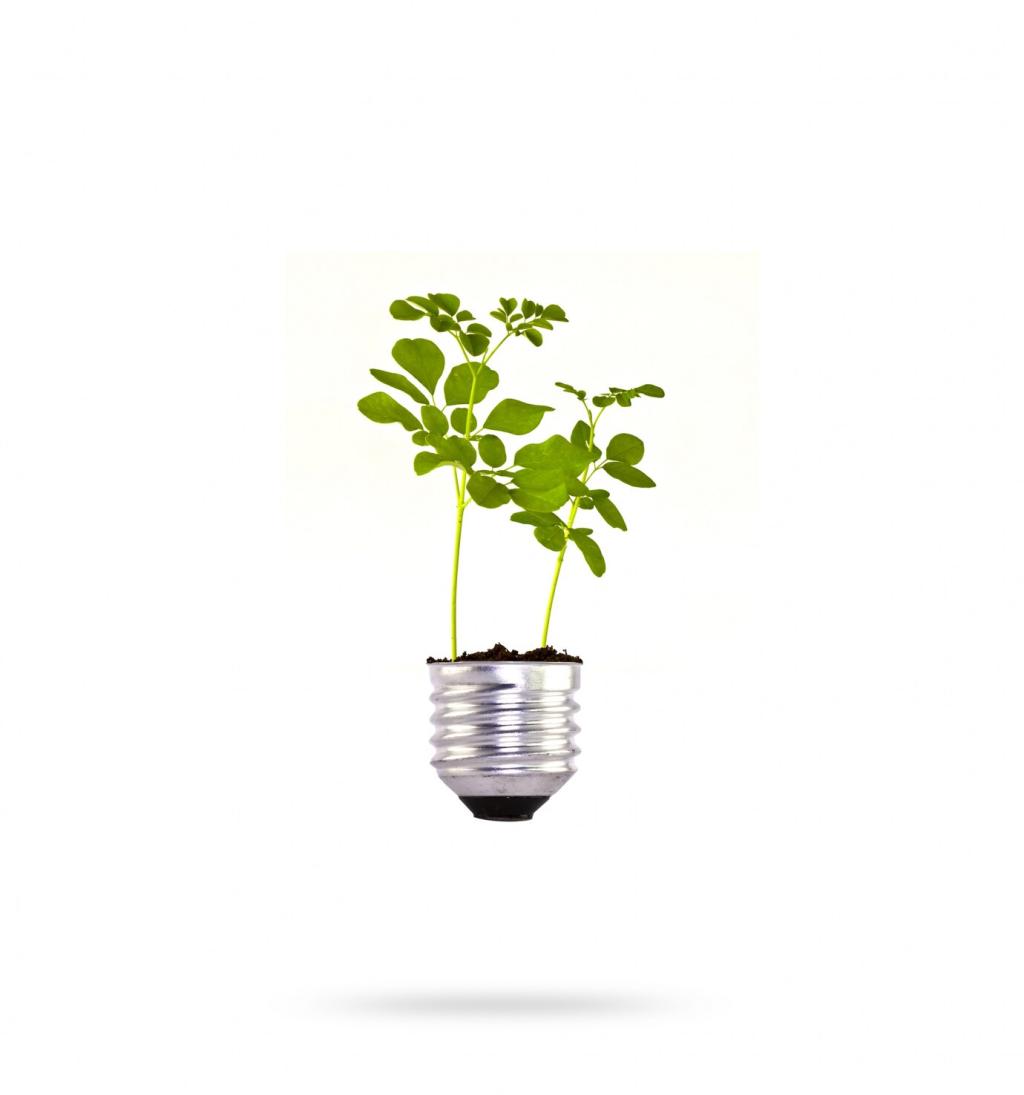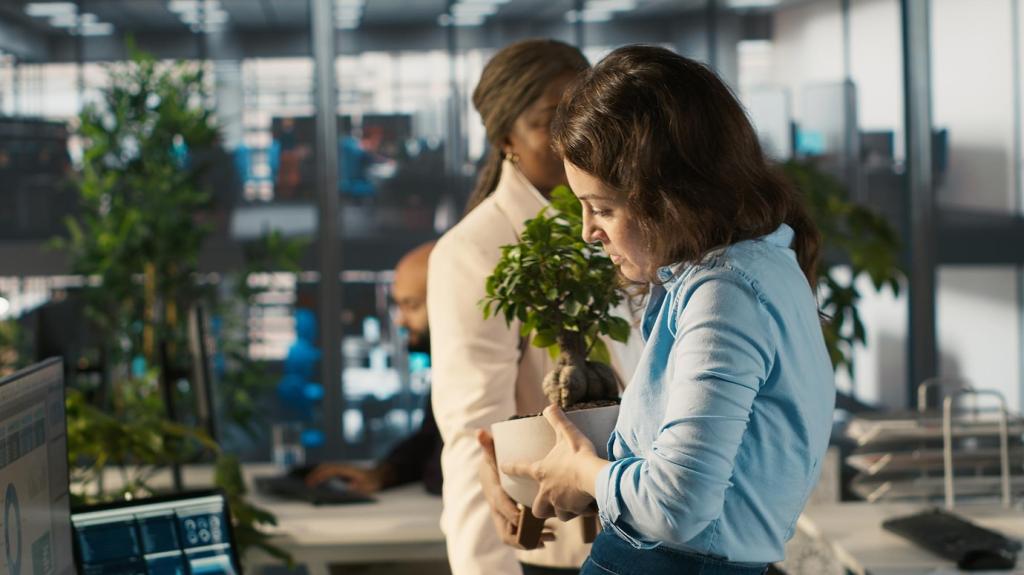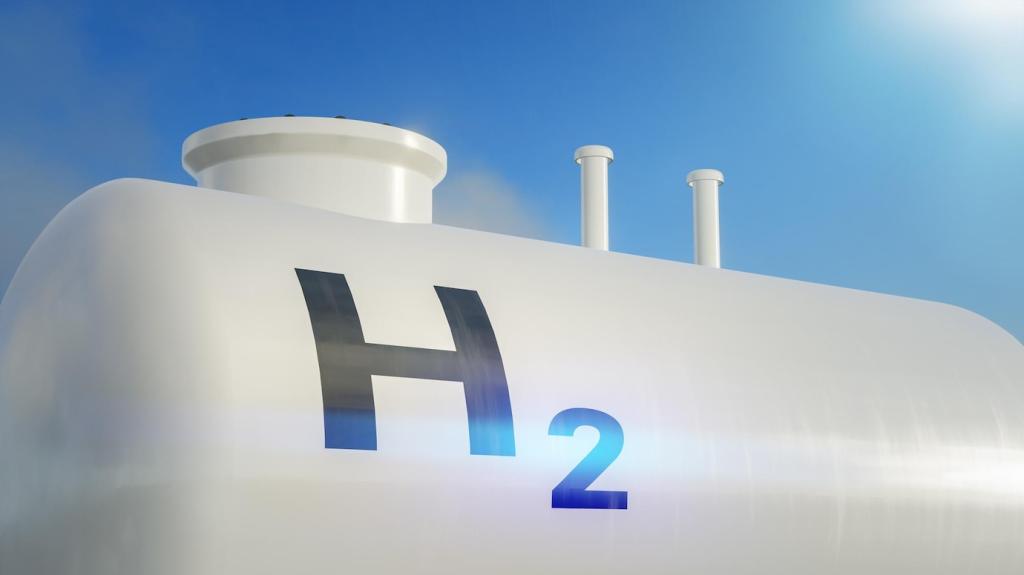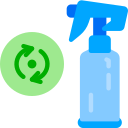Living Honestly with The Impact of Traditional Cleaning Chemicals on the Environment
Chosen theme: The Impact of Traditional Cleaning Chemicals on the Environment. Welcome to a clear, practical exploration of what’s under your sink, where it goes after rinsing, and how small swaps can protect rivers, air, and community health. Read, reflect, and subscribe to keep the conversation moving.


What’s Inside Traditional Cleaners—and Why It Matters
Traditional cleaners often combine surfactants that loosen grime, solvents that dissolve oils, and chlorine or oxygen bleaches for whitening. Their effectiveness comes with costs: aquatic toxicity, reactive byproducts, and residues that persist beyond your sparkling kitchen sink.
What’s Inside Traditional Cleaners—and Why It Matters
Fragrance blends can include phthalates and allergens, while bright dyes add unnecessary chemical load. These ingredients rarely improve cleaning power, yet they linger in waterways and sediments, subtly altering microbial communities that support healthy ecosystems and natural cycles.
How These Chemicals Travel Through Air, Water, and Soil
After rinsing, wastewater travels to treatment plants designed primarily for nutrients and solids, not complex surfactants or quats. Many molecules slip through, reaching rivers where dilution hides them, until fish kills and algal blooms tell a different story.

How These Chemicals Travel Through Air, Water, and Soil
Volatile organic compounds evaporate during spraying, forming indoor pollutants and, outdoors, ozone precursors. That sharp “clean” smell is often solvent vapor, not sanitation. Ventilation helps, but source reduction—choosing low-VOC formulas—cuts impacts most effectively for people and the atmosphere.
Impacts on Aquatic Life and Ecosystems
Legacy phosphate builders supercharge algae, starving water of oxygen as blooms die and decompose. Even where phosphates are regulated, remaining nutrient inputs and detergent runoff can amplify stress, tipping lakes into seasonal cycles of murk, odor, and fish distress.
Impacts on Aquatic Life and Ecosystems
Anionic and cationic surfactants disrupt cell membranes in invertebrates, while bleach reacts to form chlorinated byproducts. Sublethal effects—impaired reproduction, reduced feeding, disoriented swimming—cascade up food webs, shrinking populations that keep mosquito larvae, algae, and detritus naturally controlled.



This is the heading
Lorem ipsum dolor sit amet, consectetur adipiscing elit. Ut elit tellus, luctus nec ullamcorper mattis, pulvinar dapibus leo.

This is the heading
Lorem ipsum dolor sit amet, consectetur adipiscing elit. Ut elit tellus, luctus nec ullamcorper mattis, pulvinar dapibus leo.
Lifecycle and Packaging Footprint
Detergent ingredients frequently originate from petrochemicals, with energy-intensive synthesis and transport. Every bottle carries hidden emissions before it reaches your shelf. By examining upstream footprints, we spot leverage points to reduce environmental harm long before rinsing the sponge.
Lifecycle and Packaging Footprint
Single-use bottles, trigger sprayers, and film labels create packaging waste. Some products include microcapsules for timed fragrance release, adding microplastics outright. Refill stations and durable containers cut litter, protect wildlife, and signal demand for systems that value durability over disposability.
Lifecycle and Packaging Footprint
Switching to concentrates slashes water freight and emissions, while refillable glass or sturdy plastic minimizes packaging. One household’s shift seems small until multiplied across neighborhoods. Invite a neighbor to co-order refills, then share your savings, tips, and environmental wins.
EPA Safer Choice and EU REACH
Third-party programs like EPA Safer Choice and rigorous frameworks like EU REACH evaluate ingredients for hazard. Labels are not perfect, but they spotlight better options. Combine them with transparent manufacturer disclosures to move steadily toward healthier, lower-impact cleaning.
Spotting Greenwashing Before It Sticks
Beware vague claims like “natural” or “chemical-free.” Water is a chemical. Focus on ingredient lists, VOC content, dye-free, fragrance-free, and acute aquatic toxicity statements. Ask brands questions; your emails and comments push the market toward verifiable, measurable improvements.

Hydrogen peroxide disinfects without chlorinated byproducts, pure soap tackles grease, and citric acid dissolves mineral scale. Pair microfiber with mechanical action to reduce chemicals entirely. Share your favorite swap in the comments so others can test and compare experiences.

Homemade solutions can work, but never mix vinegar with bleach or ammonia. Label bottles, store away from kids, and test on inconspicuous spots. We will publish evidence-backed recipes—subscribe to get checklists and safety notes delivered before spring cleaning.

In our block, a small daycare replaced fragranced sprays with peroxide-based cleaners and fragrance-free soap. Teachers reported fewer headaches, and our creek’s spring macroinvertebrate survey improved. Tell us your story, tag a friend, and help neighbors join the transition.
